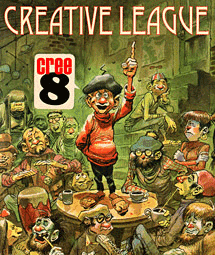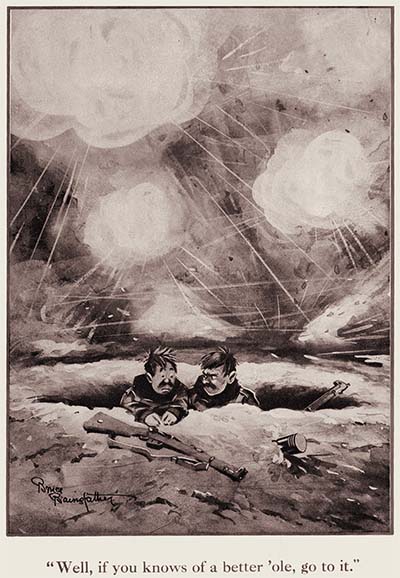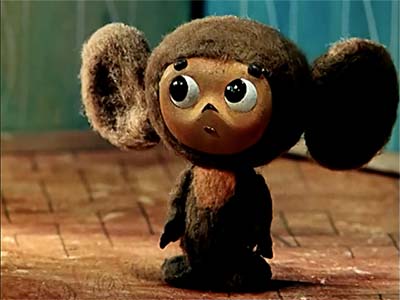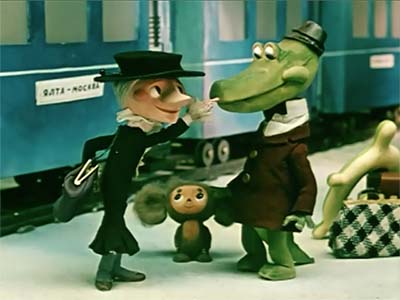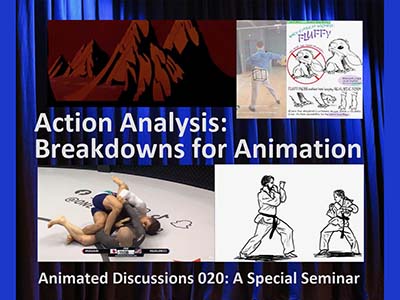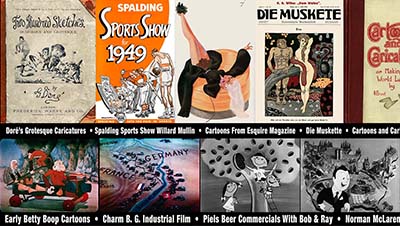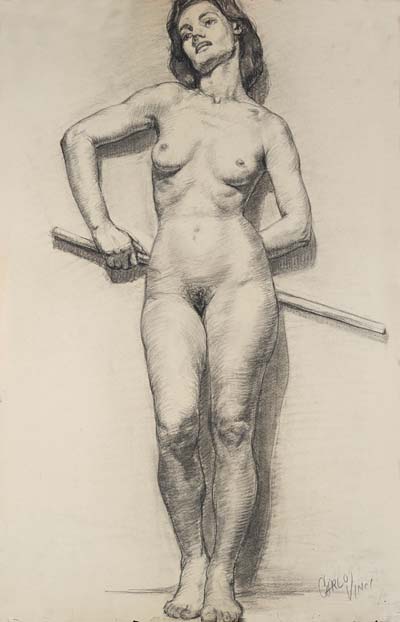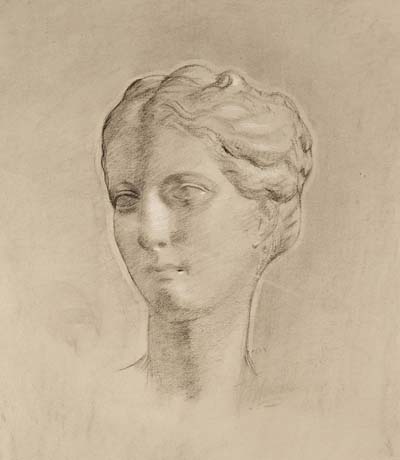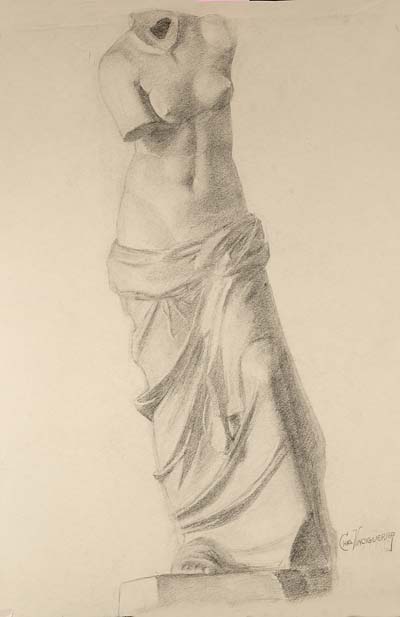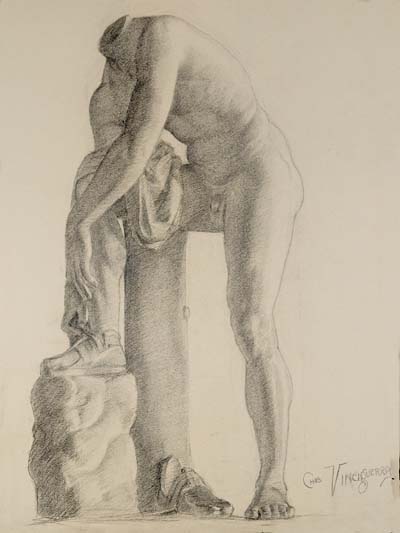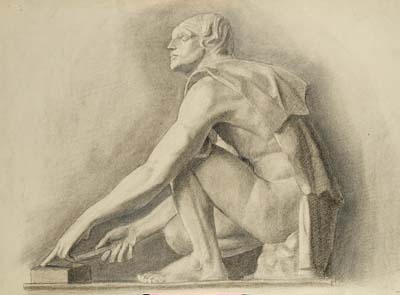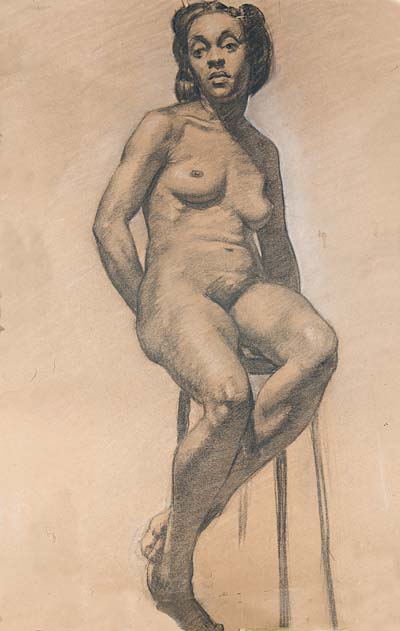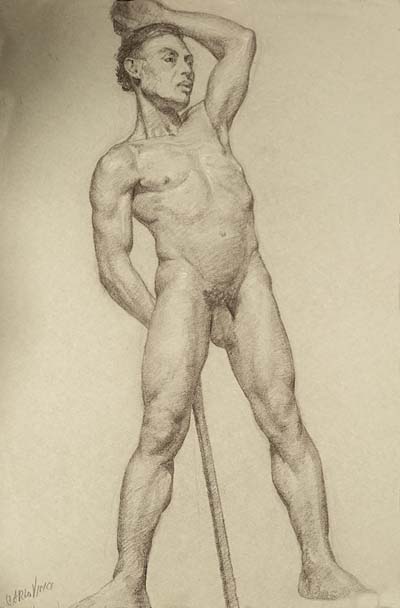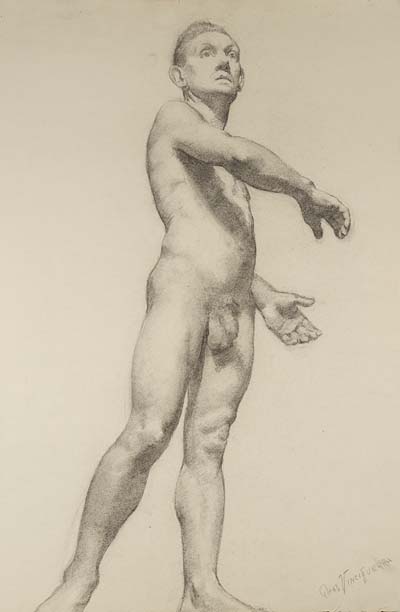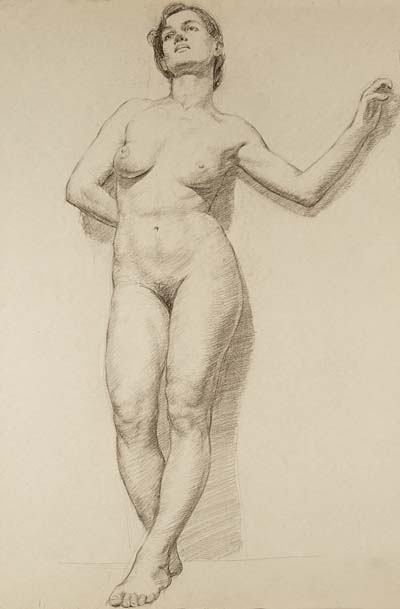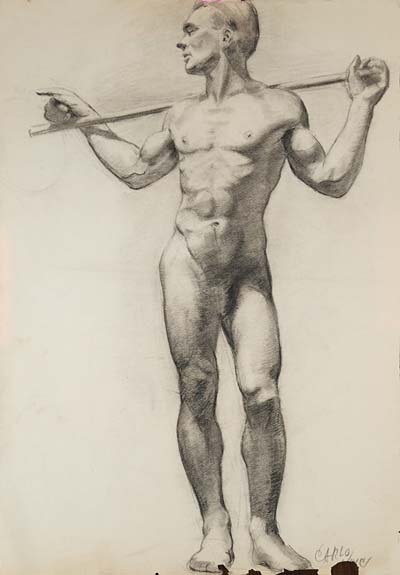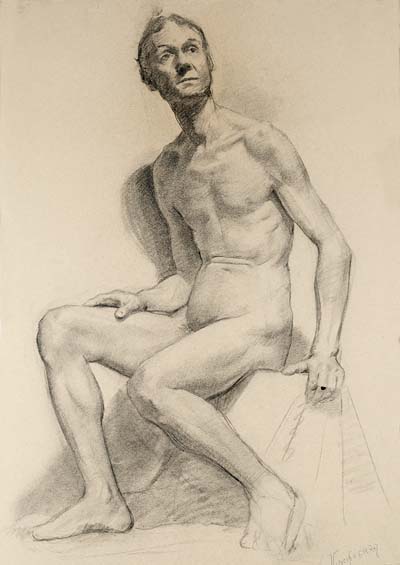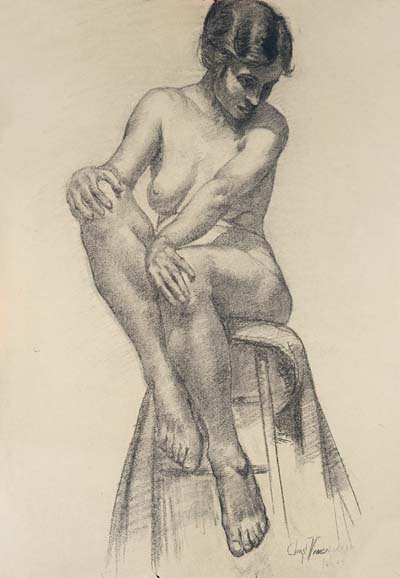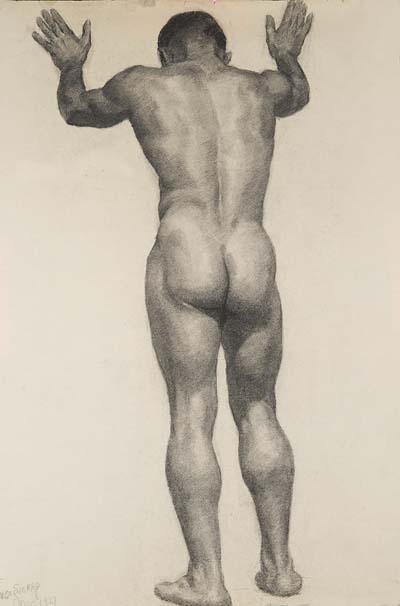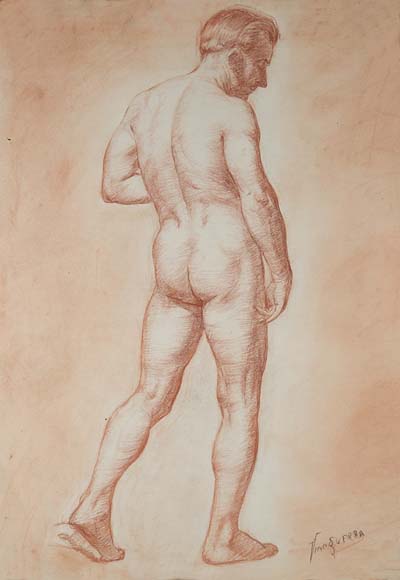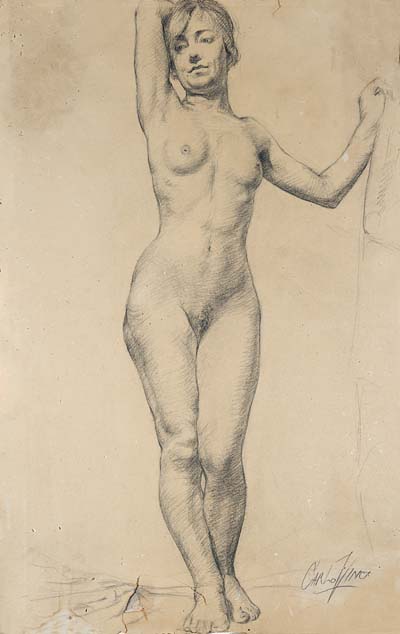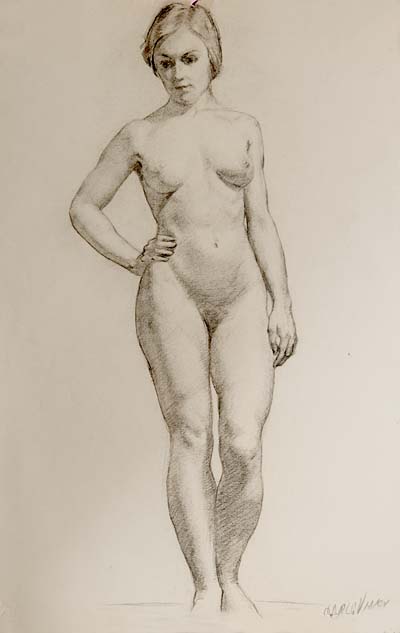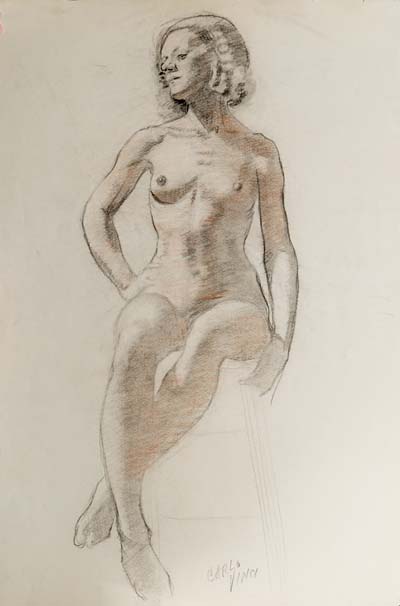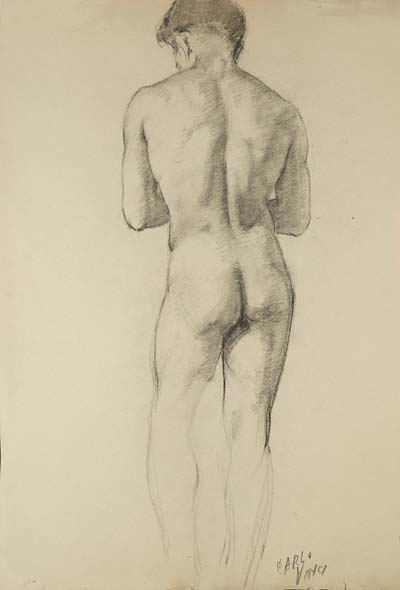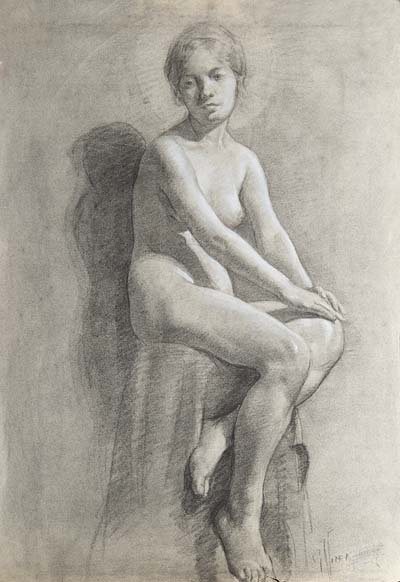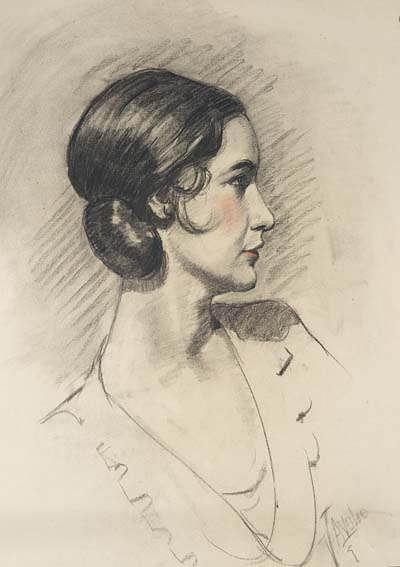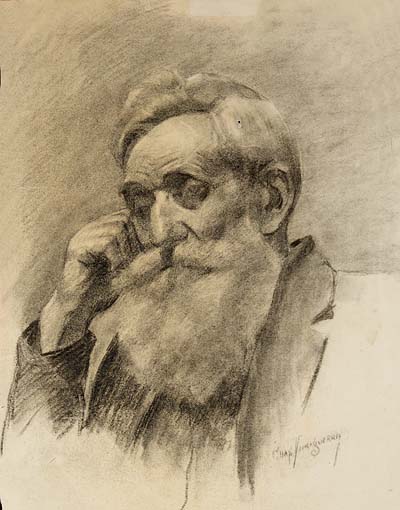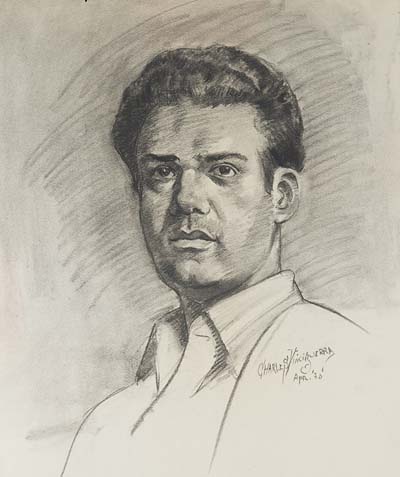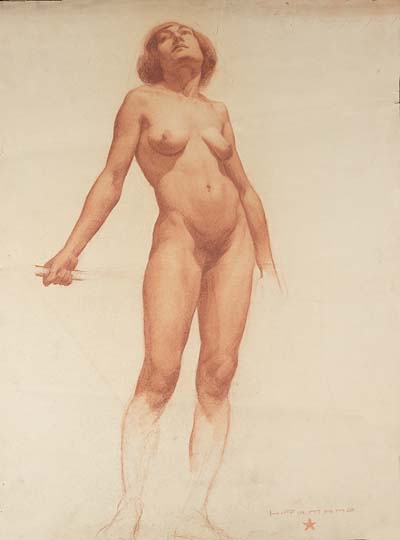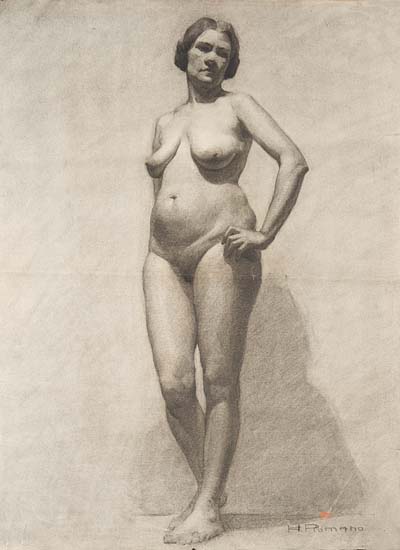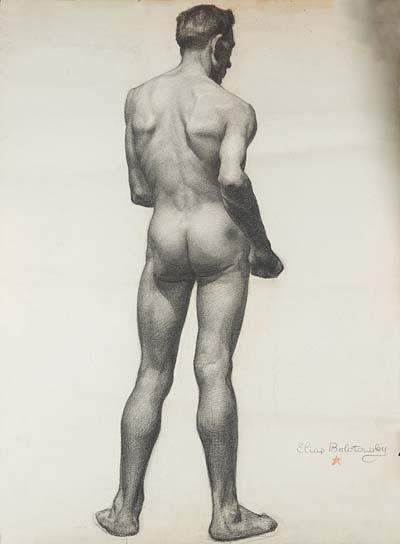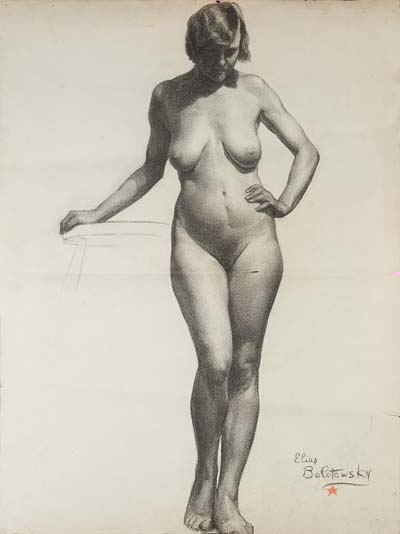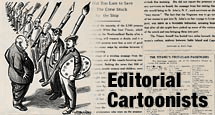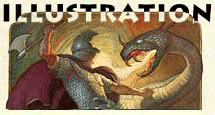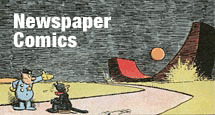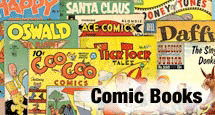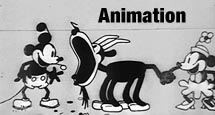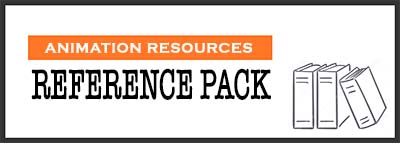

![]() It’s the end of the year and it’s time for us to back up all the images and videos we’ve digitized lately. All of our hard drives are full and we need about two hundred terabytes to protect the material our volunteers have gathered for our archive this year. A 22 TB hard drive costs $275. The holiday season is coming up; and if you’d like to remember us in your gift list, we would greatly appreciate it.
It’s the end of the year and it’s time for us to back up all the images and videos we’ve digitized lately. All of our hard drives are full and we need about two hundred terabytes to protect the material our volunteers have gathered for our archive this year. A 22 TB hard drive costs $275. The holiday season is coming up; and if you’d like to remember us in your gift list, we would greatly appreciate it.
You can gift a membership to a friend or peer or donate directly using the PayPal link below. We are a 501(c)(3) non-profit educational foundation, so your gift may be tax deductible. All of the funds received will go to expanding our offerings to our supporters.
![]()
![]() Animation Resources depends on your contributions to support its projects. Even if you can’t afford to contribute a lot right now, please click the button below to donate whatever you can afford using PayPal.
Animation Resources depends on your contributions to support its projects. Even if you can’t afford to contribute a lot right now, please click the button below to donate whatever you can afford using PayPal.

JOIN TODAY To Access Members Only Content
The latest Animation Resources Reference Pack has been uploaded to the server. Here’s a quick overview of what you’ll find when you log in to the Members Only Page…
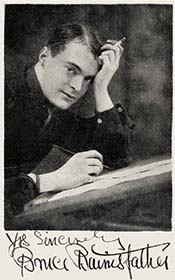
![]()
![]()
Bruce Bainsfather![]()
Fragments From France Volume One
Download this article
Bruce Bairnsfather was born in Pakistan to a British military family. As a boy, he returned to England intending to study at a military school, but he failed the entrance exam. Instead, he joined the Cheshire Regiment but soon found army life boring. In 1907 at the age of 20, he left the military to pursue a career in commercial illustration and enrolled at the John Hassall School of Art, but he wasn’t successful and had to take work as an electrical engineer. It seemed like he was never going to find his place in life.
With the outbreak of the Great War, Bairnsfather was recalled to his regiment, and quickly rose in rank to second lieutenant with the Royal Warwickshire Regiment. He was deployed to France as the leader of a machine gun unit. He described life in the Western Front as “an extraordinary sensation. It was a long and weary night, that first one of mine in the trenches. Everything was strange and wet and horrid. First of all I had had to go and fix up my machine guns at various points, and find places for the gunners to sleep in. This was no easy matter, as many of the dug-outs had fallen in and floated off down stream.” He refused to take leave with the rest of his unit, because he thought it would be too difficult to return to the trenches after returning home.
At the Western Front, Bairnsfather began drawing cartoons based on the life of soldiers in France. He sent some to The Bystander magazine and the editors began to publish them under the title "Fragments From France". The casual tone of these cartoons and the tendency towards gallows humor initially drew criticism from government leaders. They thought that Bairnsfather’s work was vulgar and demeaned the British army, but the soldiers themselves embraced the series, recognizing its honesty and humor.
In 1915 during a chlorine gas attack in the 2nd Battle of Ypres, Bairnsfather was badly wounded by an explosion and was hospitalized with shellshock and hearing damage. The editor of The Bystander took advantage of his convalescence to commission Bairnsfather to create a weekly cartoon for the magazine. Upon his recovery, he was not shipped back to France. Instead, he served in a training unit on the Isle of Wight and was given a promotion. Here he began in earnest to produce cartoons, which were published in The Bystander and collected into a series of eight booklets published between 1915 and 1918.
Bairnsfather’s cartoons were responsible for boosting morale among the British troops. In his book, Daily Sketches: A Cartoon History of 20th Century Britain, Martin Walker wrote, “The cartoons were by a man who had fought in the trenches and who knew what that kind of wholly new warfare was like. Veterans of the Western Front have paid almost universal testimony to Bairnsfather as a historian of the conditions in which they fought and the sense of humour which the soldiers brought to bear against the life, or more precisely, against the death.”Bairnsfather’s cartoons were responsible for boosting morale among the British troops. In his book, Daily Sketches: A Cartoon History of 20th Century Britain, Martin Walker wrote, “The cartoons were by a man who had fought in the trenches and who knew what that kind of wholly new warfare was like. Veterans of the Western Front have paid almost universal testimony to Bairnsfather as a historian of the conditions in which they fought and the sense of humour which the soldiers brought to bear against the life, or more precisely, against the death.”
JOIN TODAY To Access Members Only Content
DVD QUALITY VIDEO:![]()
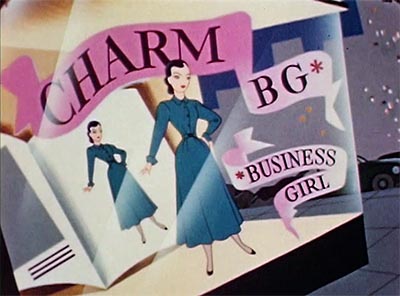
Charm B.G.![]()
Paul Fennell Studios (1948)
“Charm B.G.” is an industrial film produced for Charm magazine by the Paul Fennell Studios. It incorporates many of the graphic and educational techniques developed in the First Motion Picture Unit during World War II. Layout is by the legendary designer Ed Benedict. This DVD quality transfer was carefully made from the last surviving 16mm print by Stephen Worth.
JOIN TODAY To Access Members Only Content
DVD QUALITY VIDEO:![]()
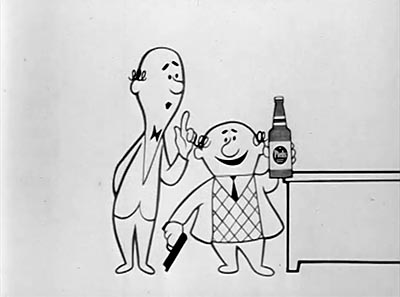
Piels Beer Reel![]()
UPA (1950s)
Voiced by the comedy team Bob & Ray (Bob Elliott and Ray Goulding), the Piels Beer commercials were produced for Young & Rubicam by UPA in the early 1950s. The commercials, largely animated at the New York offices of UPA by great animators like Grim Natwick, Tissa David, and Lu Guarner, were hugely influential. This reel contains some of the earliest entries in the series, produced before the spots moved from UPA to Terry-Toons.
JOIN TODAY To Access Members Only Content
DVD QUALITY VIDEO:![]()
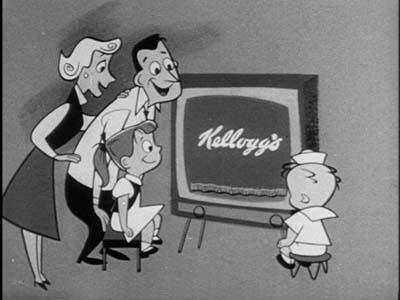
Cereal Commercial Reel![]()
Paul Fennell Studios (ca. early 1950s)
Paul Fennell was a pioneer of animated advertising. As early as 1939 he was animating the Kelloggs elves- Snap, Crackle and Pop, and continued to direct commercials starring the trio through the 1950s. In addition, this reel of animated cereal commercials features Cheerios spots with brilliant layouts by Ed Benedict. The design and clever limited animation of these commercials foreshadow the style of Hanna-Barbera’s early television series.
JOIN TODAY To Access Members Only Content
Shapoklyak (1974) and Cheburashka![]()
Goes To School (1983)
Roman Kachanov / Soyuzmultfilm
Download this article
This time we are sharing the last two films featuring the children’s character, Cheburashka. We previously shared the first two films in RefPack024 and RefPack028. Created for a children’s story by Eduard Uspensky, the character is best known from this series of films produced by the Soyuzmultfilm studio, directed by Roman Kachanov. Four films featuring the character were produced between 1969 and 1983. Shapoklyak and Cheburashka Goes To School are the third and fourth in the series, released in 1974 and 1983.
The animation in these films is brilliant, and it’s well worth still framing through to study how the various personalities are put across through the walk cycles and gestures. The puppets limit the flexibility of facial expressions, but the animators more than make up for it through the way the characters move. The principles behind stop motion, hand drawn animation and CGI are all the same. The different disciplines have a lot to learn from each other.
JOIN TODAY To Access Members Only Content
Action Analysis Seminar
![]()
Animated Discussions 020 / Hosted by David Eisman with Davey Jarrell
Download this article

![]() Animators often hear the phrase “study from life,” but few are taught how to systematically analyze what they see. In this episode of Animated Discussions, Animation Resources’ Director of Publications David Eisman and storyboard artist Davey Jarrell explore the art of breaking things down: the process of going beyond copying and tracing to reveal the underlying principles.
Animators often hear the phrase “study from life,” but few are taught how to systematically analyze what they see. In this episode of Animated Discussions, Animation Resources’ Director of Publications David Eisman and storyboard artist Davey Jarrell explore the art of breaking things down: the process of going beyond copying and tracing to reveal the underlying principles.
How can complex visual styles be broken down into teachable concepts? Through analysis of the Lilo and Stitch Style Guide, a humorous TikTok dance, a live grappling match, and a classic sequence from The Thief and the Cobbler, Eisman and Jarrell demonstrate how observation and simplification lead to understanding, not just replication.
Through the dissection of real-life movement and classic animation frame by frame, this Action Analysis is designed to help animators see and think systematically.
JOIN TODAY To Access Members Only Content
Whew! That is an amazing collection of treasures! The most important information isn’t what you already know… It’s the information you should know about, but don’t know yet. We bring that to you every other month.
THIS IS JUST THE TIP OF THE ICEBERG!
Animation Resources has been sharing treasures from the Animation Archive with its members for over a decade. Every month, our members get access to a downloadable Reference Pack, full of information, inspiration and animation. The RefPacks consist of e-books jam packed with high resolution scans of great art, still framable animated films from around the world, documentaries, podcasts, seminars and MORE! The best part is that all of this material has been selected and curated by our Board of professionals to aid you in your self study. Our goal is to help you be a greater artist. Why wouldn’t you want to be a member of a group like that?
Membership comes in two levels. General Members get access to a bi-monthly Reference Pack as well as a Bonus RefPack from past offerings in the in-between months. We offer a discounted Student Membership for full time students and educators.
JOIN TODAY!
https://animationresources.org/membership/levels/
FREE SAMPLES!
Not Convinced Yet? Check out this SAMPLE REFERENCE PACK! It will give you a taste of what Animation Resources members get to download every other month! That’s 560 pages of great high resolution images and nearly an hour of rare animation available to everyone to download for FREE! https://animationresources.org/join-us-sample-reference-pack/
![]()
![]() Animation Resources depends on your contributions to support its projects. Even if you can’t afford to join our group right now, please click the button below to donate whatever you can afford using PayPal.
Animation Resources depends on your contributions to support its projects. Even if you can’t afford to join our group right now, please click the button below to donate whatever you can afford using PayPal.





